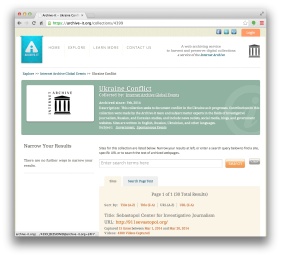Our historical memory of Martin Luther King, Jr. and Malcolm X most often sets them in opposition — racial integrationism vs. separatism, pacifism vs. violence, “good” vs. “bad” black leader (or vice versa). But what happens if we move beyond this dualism and examine these African American icons together? What if we consider how and why their respective struggles for black liberation and historical legacies were and are interconnected and interdependent?
Karen Ferguson’s talk — part of the SFU History Department’s Heroes and Villains series — does just that, and promises both to complicate your idea of both men and deepen your understanding of the African American freedom struggle.
Dr. Ferguson holds a doctorate in African-American history from Duke University in North Carolina. Her research is concerned with the ways that race and public policy intersect in American urban politics. Her latest book, Top Down: The Ford Foundation, Black Power, and the Reinvention of Racial Liberalism (University of Pennsylvania Press, 2013), considers the continuities and changes in racial liberalism in the 1960s and 1970s as its focus shifted from civil-rights integrationism to multiculturalism.
The next (and final) lecture of the Heroes and Villains series, “Ottoman Hero or Frontier Villain? Ahmed Feyzi Pasha, 1839-1915,” will be held on April 3rd. Click here for details. Like other lectures from the series, video of the final talk will appear on ActiveHistory.ca.


 Happy April Fool’s Day! We’re happy to be celebrating our fifth year and thank you to our readers for all your support over the years!
Happy April Fool’s Day! We’re happy to be celebrating our fifth year and thank you to our readers for all your support over the years!
 By Ian Milligan
By Ian Milligan